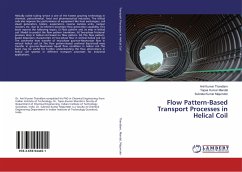In electronics, a loading coil or load coil is a coil (inductor) that does not provide coupling to any other circuit, but is inserted in a circuit to increase its inductance. The need was discovered by Oliver Heaviside in studying the disappointing slow speed of the Transatlantic telegraph cable. He concluded additional inductance was required to prevent amplitude and time delay distortion of the transmitted signal. The mathematical condition for distortionless transmission is known as the Heaviside condition. Previous telegraph lines were overland or shorter, hence had less delay and the need for extra inductance was not so great. Submarine communications cables are particularly subject to the problem, but early 20th century ones using balanced pairs were often continuously loaded by iron tape rather than discretely by load coils. Loading coils are archaically known as Pupin coils after Mihajlo Pupin (especially when used for the Heaviside condition), and the process of inserting them is sometimes called pupinization.
Bitte wählen Sie Ihr Anliegen aus.
Rechnungen
Retourenschein anfordern
Bestellstatus
Storno








